- Home
- slideshows
- miscellaneous
- The amazing story of how the Airbus A320 family became the Boeing 737's greatest foe
The amazing story of how the Airbus A320 family became the Boeing 737's greatest foe
Airbus Industrie was created on December 18, 1970, as a consortium between the French and German governments to build, develop, and sell the A300B medium range widebody airliner.

By the late 1970s, the consortium's efforts have paid off with the A300B gaining traction in Europe, Asia, and North America.
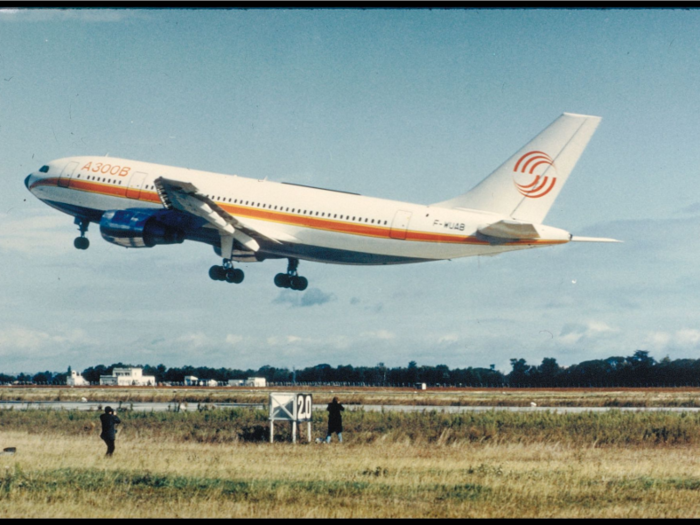
Following the launch of the A310— a longer-range, lower capacity jetliner based on the A300B — it was time to figure out the company's second all-new product.

A decision had to be made. Develop a family of large long-range widebody airliners that would become the Airbus A330 and...
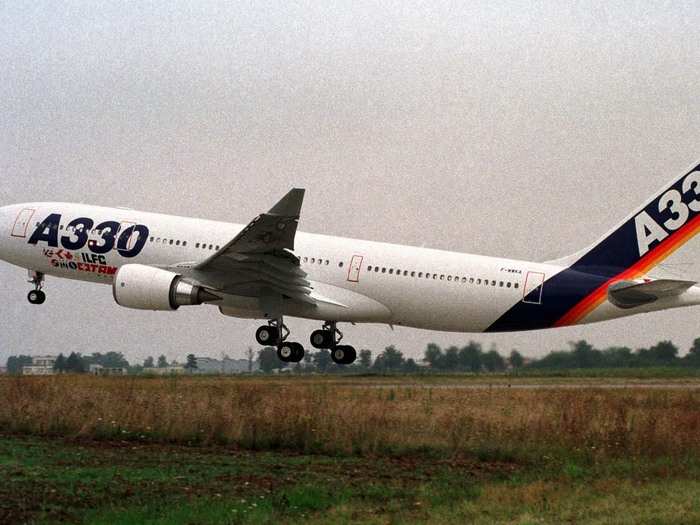
...A340 or go in the other direction with a narrowbody rival for...
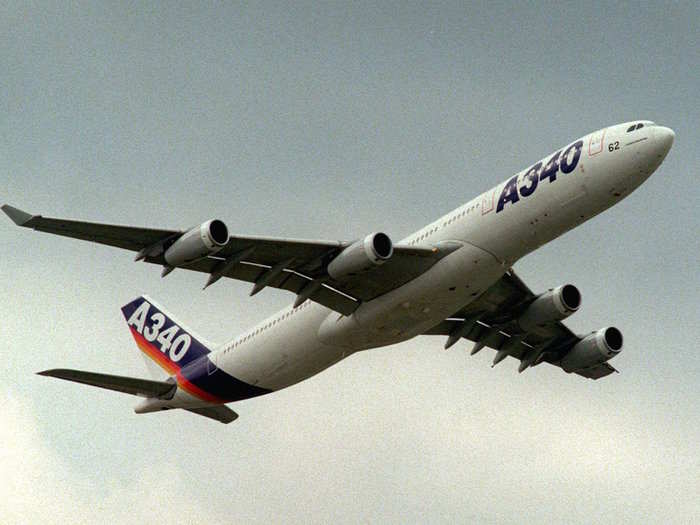
... The Boeing 737 and ...
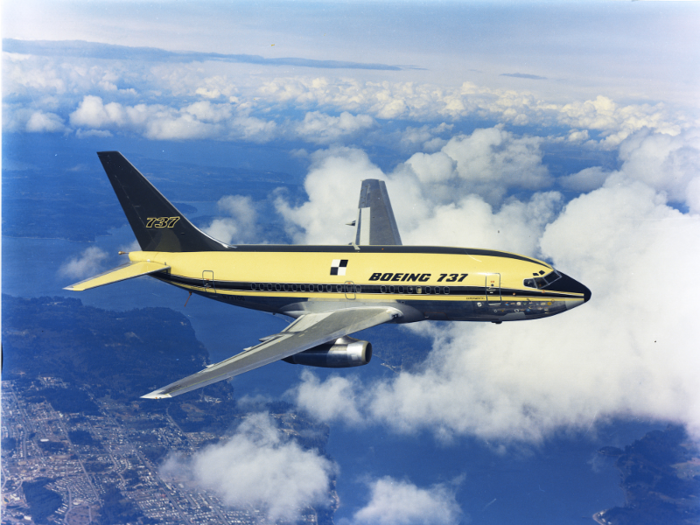
.... The McDonnell Douglas DC-9.
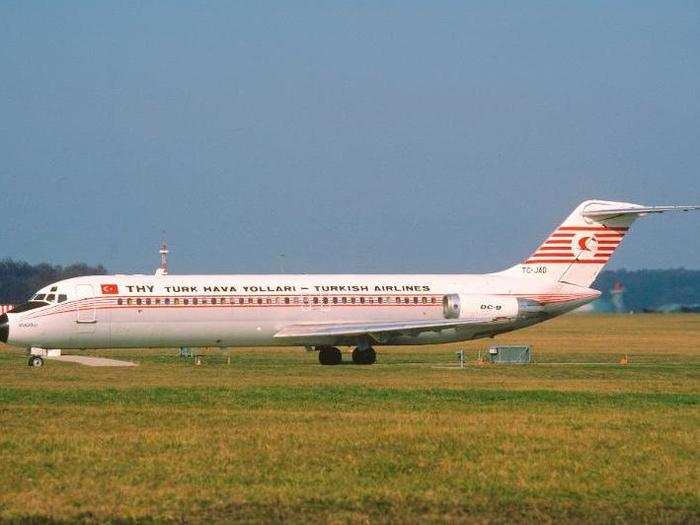
Airbus decided to go the narrowbody route with the development of a medium-range, single-aisle jet to compete in the 130 to 170-seat market. That plane would become the Airbus A320.
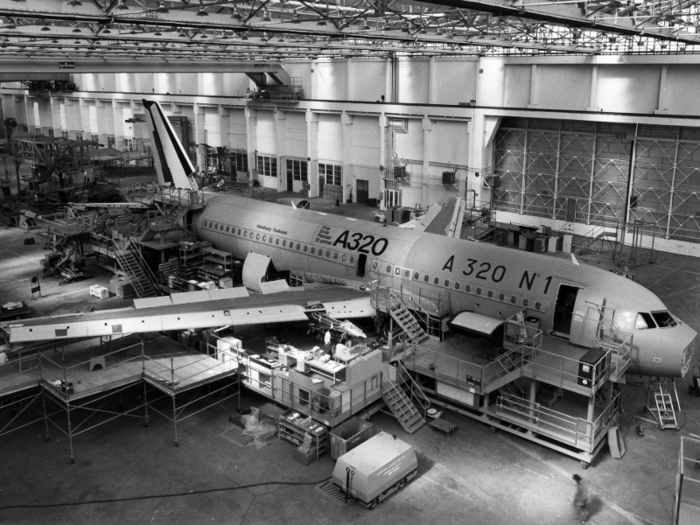
For the A320, Airbus introduced a host of technological advancements unseen in mass production jetliners of its type.

The plane's most significant innovation is the adoption of fly-by-wire, a technology traditionally reserved for high-performance fighter jets and the supersonic Concorde. Fly-by-wire uses computers to interpret and relay the pilot's input to the plane's control surfaces. This replaces the physical cables and pulleys used to control older generation aircraft.
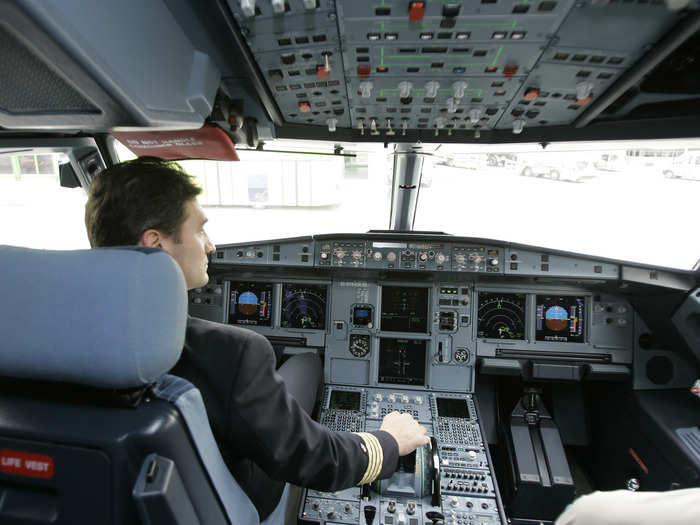
Along with fly-by-wire, Airbus also introduced flight envelope protection, a safety system that prevents the aircraft from flying beyond its performance capabilities.
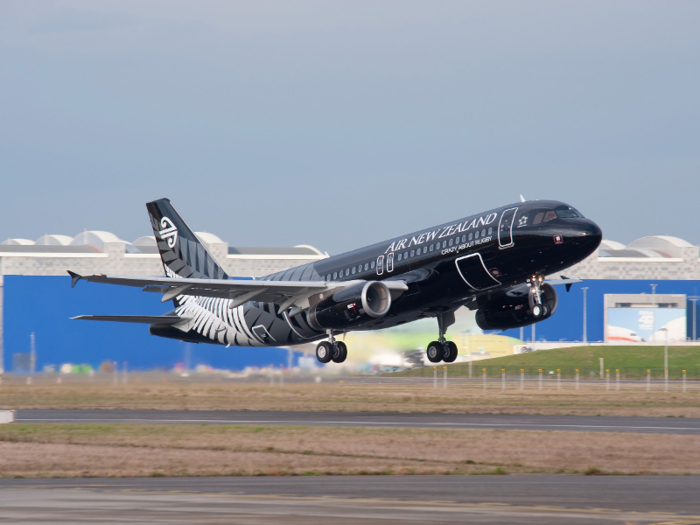
The use of fly-by-wire tech also allowed Airbus to replace the control yoke with a side-stick.
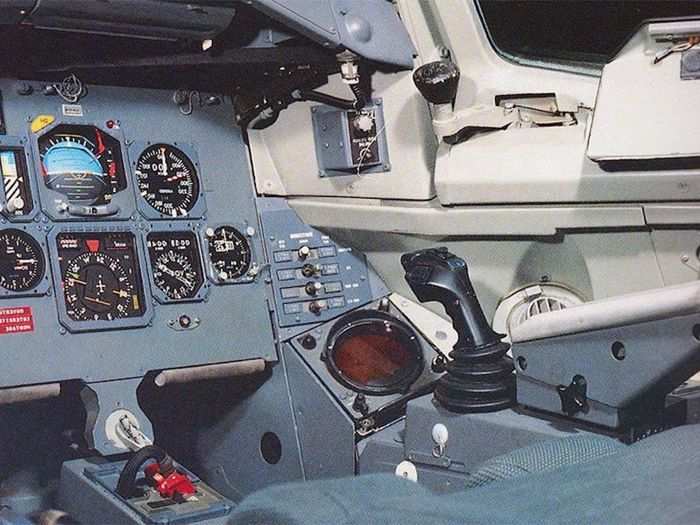
This freed up space in front of the pilot for a work desk to be included in the design.
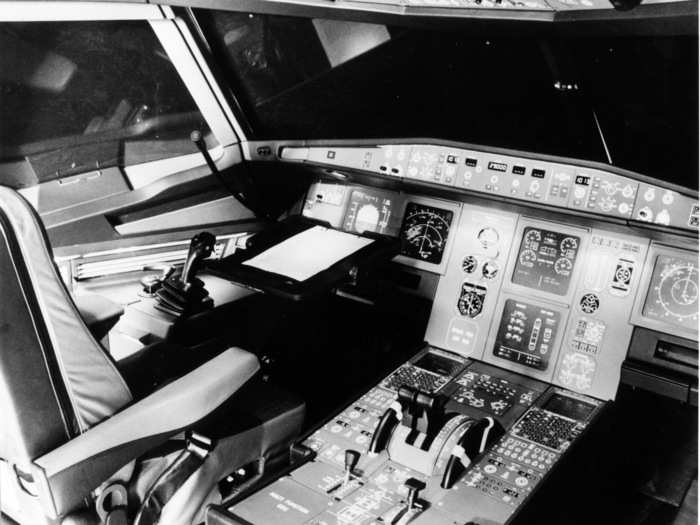
The A320 also ushered in the era of cockpit commonality for Airbus. This means Airbus intentionally designs all of its cockpits to look and feel similar in operation. Thus, making it easier for pilots to transition between different Airbus models.
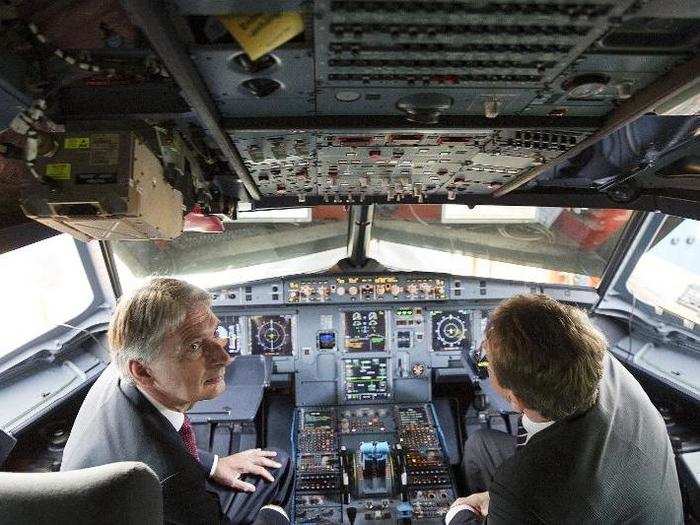
Cockpit commonality has certainly affected decision making on the part of Airbus customers. For instance, JetBlue founder, TAP Portugal co-owner, and long-time loyal Airbus customer David Neeleman told Business Insider in a recent interview that lower pilot training costs created by cockpit commonality is one of the reasons why TAP decided to order the A330neo.
"Airbus is really good at cockpit commonality, so when we go to train a pilot between an A320 and an A330, it's a pretty easy step up," Neeleman said.
Like its arch nemesis, the Boeing 737, the A320 usually flies with six seats per row in economy. However, the A320 cabin is about half a foot wider than the 737.
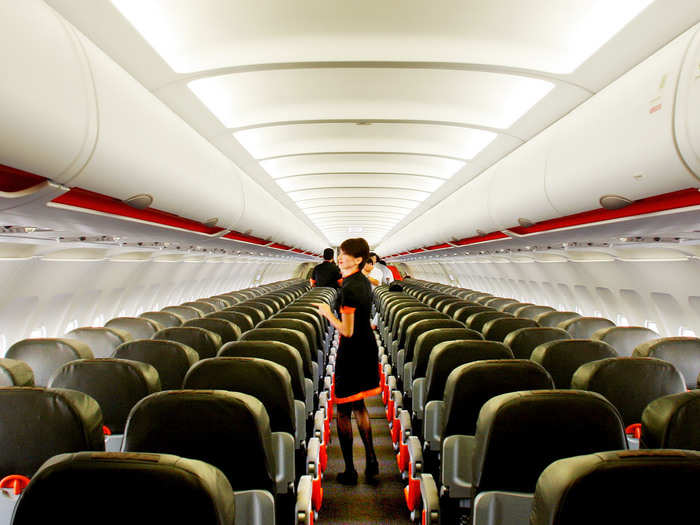
Power for the A320 family of jets comes courtesy of a pair of CFM International CFM 56 or International Aero Engines V2500 turbofan engines. The A318 is also available with the Pratt & Whitney PW6000 engine. CFM International is a joint venture between General Electric and Safran Aircraft engines while IAE is another joint venture, this time, consisting of Pratt & Whitney, MTU, and Japanese Aero Engines.
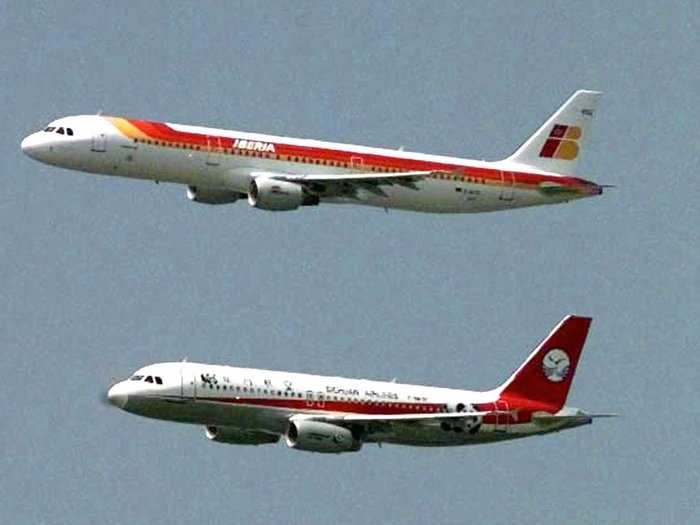
In June 1981, Air France gave the A320 program an important vote of confidence when it announced an order for 25 of the yet-to-be-launched jet along with an option to buy 25 more.
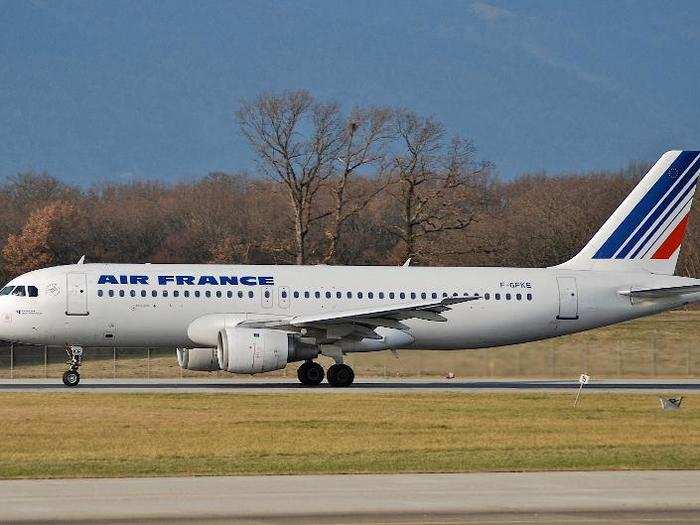
In 1984, Airbus officially launched the A320 with 80 firm orders from five initial customers; Air France, British Caledonian (now part of British Airways), Air Inter (now part of Air France), Cypress Airways, and Inex Adria (now Adria Airways).
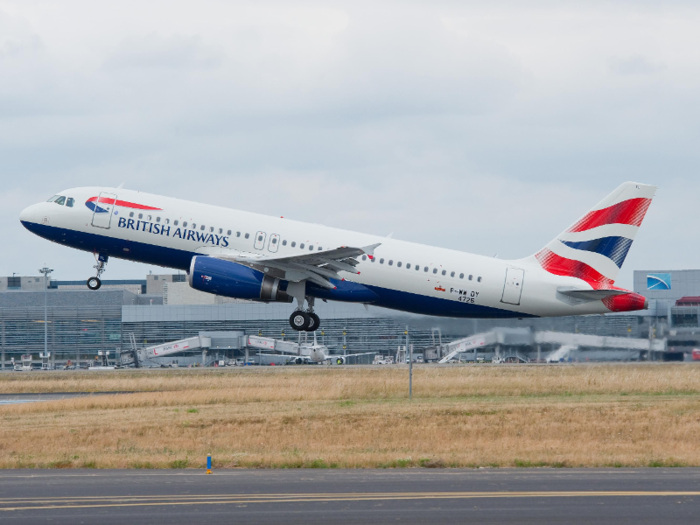
Shortly after the launch, Airbus added iconic US carrier Pan American World Airways to the list of A320 customers as part of a $1 billion deal to buy or lease 28 of the company's wide and narrowbody aircraft.
In 1985, Airbus poached John Leahy away from Piper to be its head of sales in North America. The hire was a stroke of genius. By 1994, the New Yorker had become the company's global head of sales.
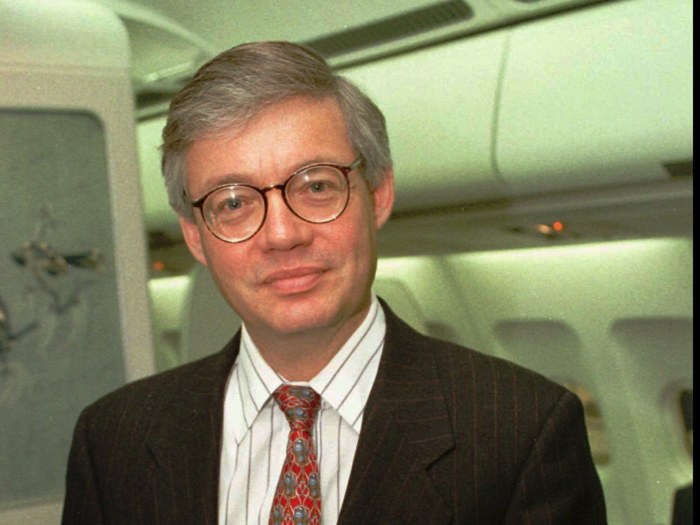
Leahy is known for his bold and daring sales campaigns. Often gunning for and successfully winning over even Boeing's most loyal customers. By the time Leahy retired this January, he had helped Airbus sell more than $1 trillion worth of jets.
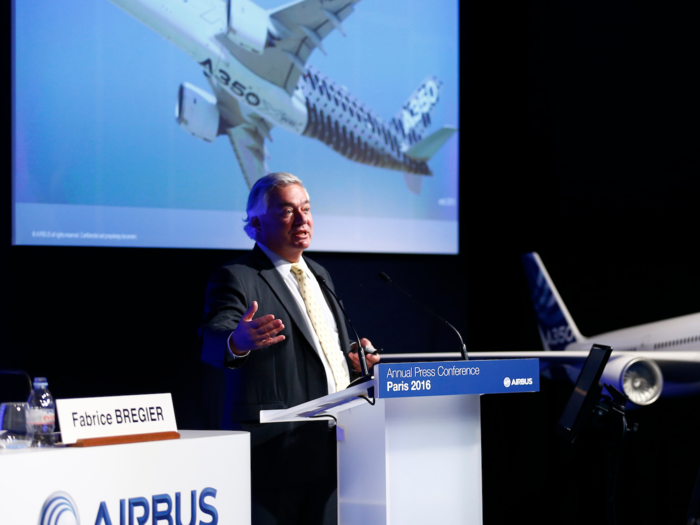
Leahy was also instrumental in the Airbus A320 sales campaign.
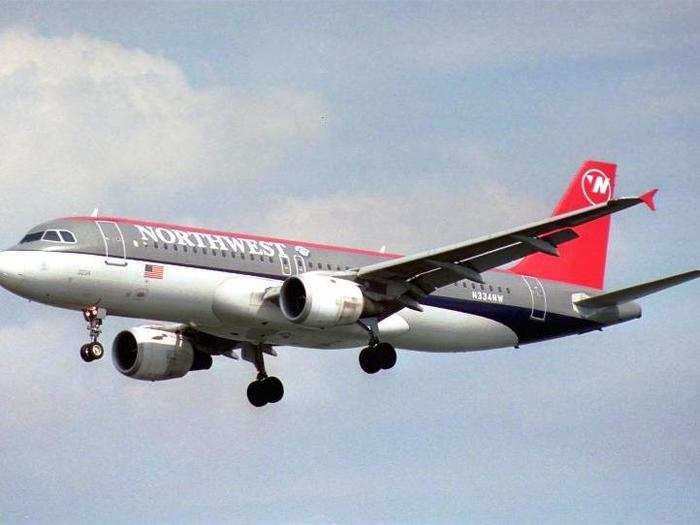
In an interview with the Seattle Times, Leahy recounted how he got Northwest Airlines, a loyal Boeing customer, to buy Airbus in 1986.
Leahy went with a strategy called "Buy small, think big" in which he told Northwest it could order just 10 A320s but receive the bulk discount of a 100 plane order. However, Leahy also told Northwest it would reserve delivery dates for 100 planes in case it wanted more.
And if Northwest didn't like the A320s, it's simply stuck with 10 planes while Airbus absorbs the risk for the rest.
The strategy worked. Northwest really liked the A320.
"They didn't just take 100, I think they got up to 145," Leahy told the Times.
In 1987, the first A320 rolled out of the Airbus assembly plant in Toulouse, France. The aircraft was christened by Prince Charles and Princess Diana.
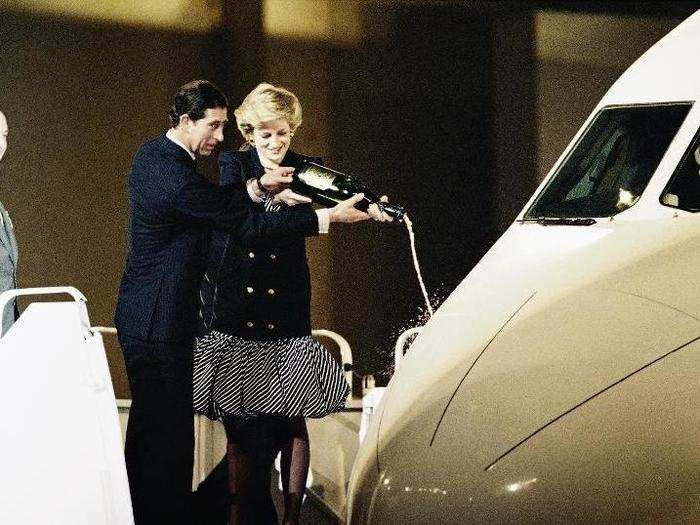
In 1989, Airbus stretched the A320 nearly 23 feet to create the A321. The 146-foot-long A321 remains the largest variant of the A320 family.
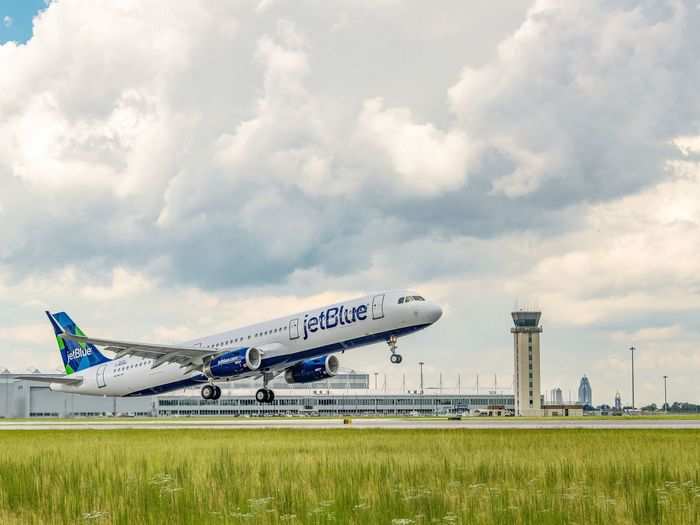
In 1993, Airbus launched not one, but two shortened versions of the A320; The 124-seat A319 and...
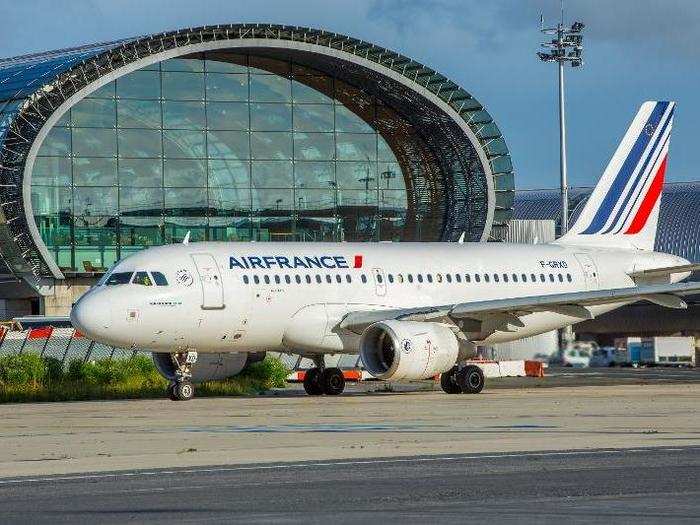
...The even smaller 107-seat A318.
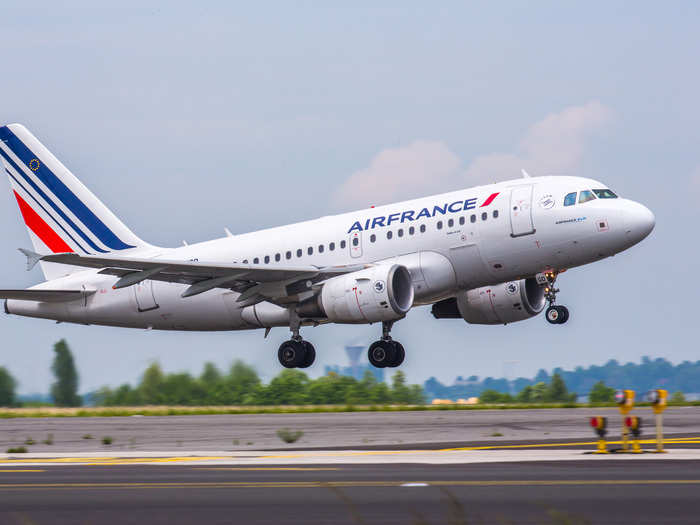
This completed the A320 family of jets. Airbus customers can now operate aircraft with capacity ranging from 107 seats to more than 220 using the same pilots and crew.
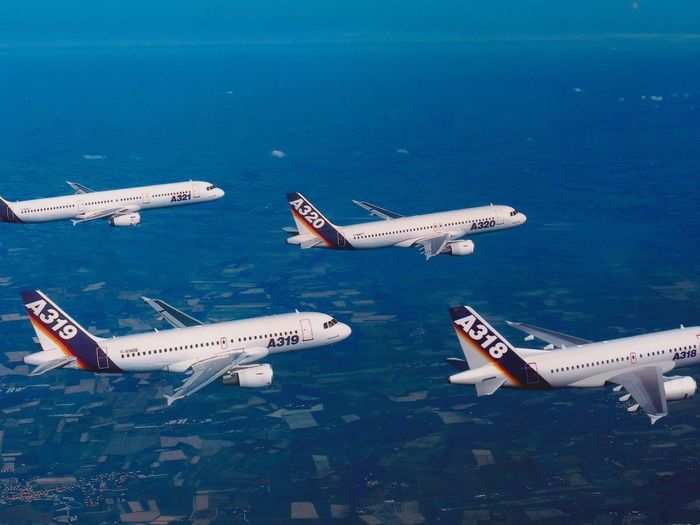
The A320 is produced at four final assembly plants located in Toulouse, France;...
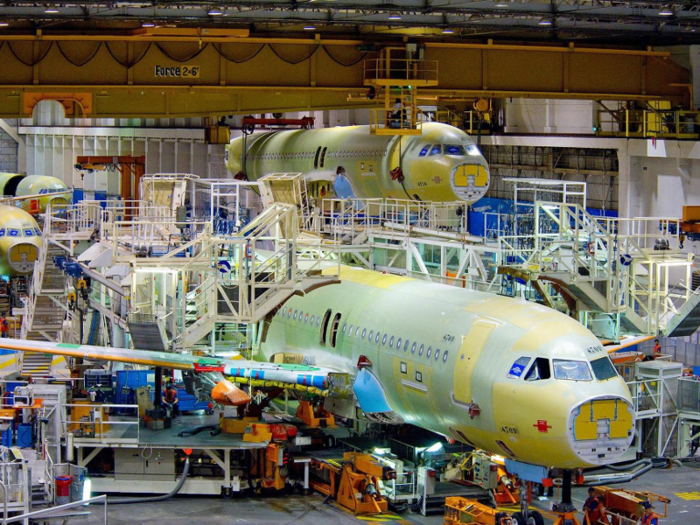
...Hamburg, Germany;...
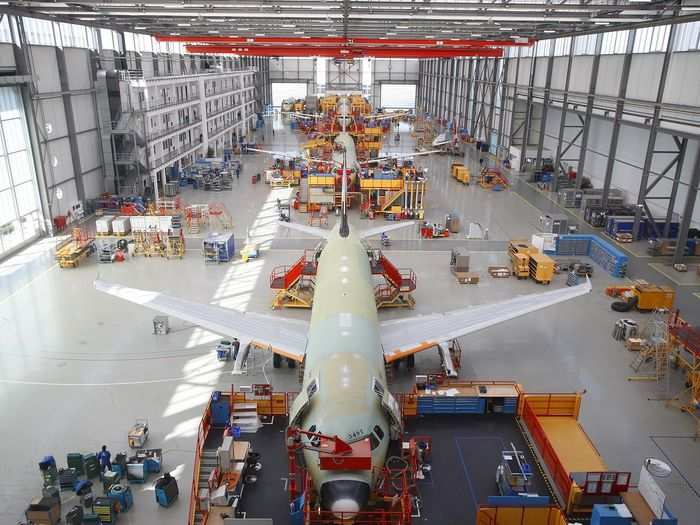
...Tianjin, China; and...
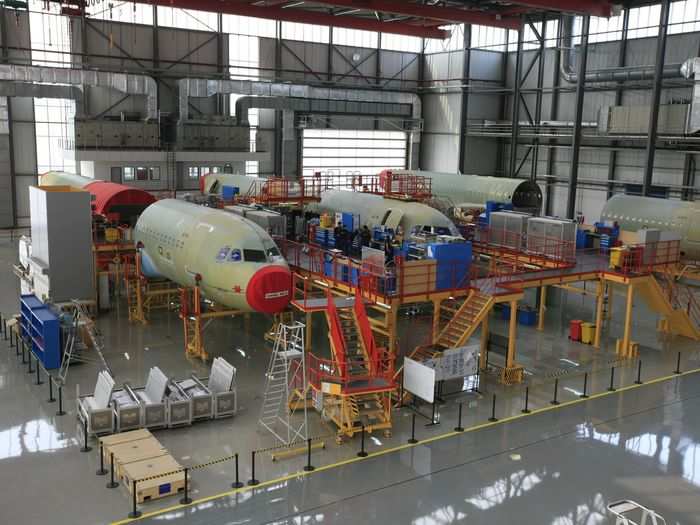
...Mobile, Alabama in the US.
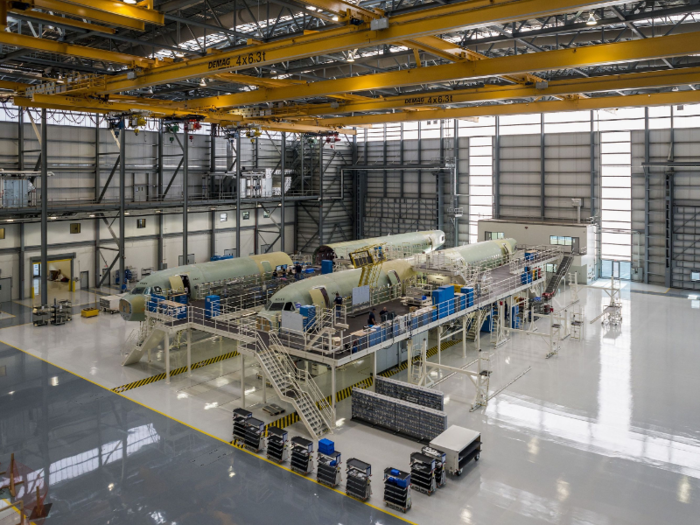
As with all Airbus aircraft, parts and components are sourced from around the world and shipped to the assembly lines using an armada of ships,...
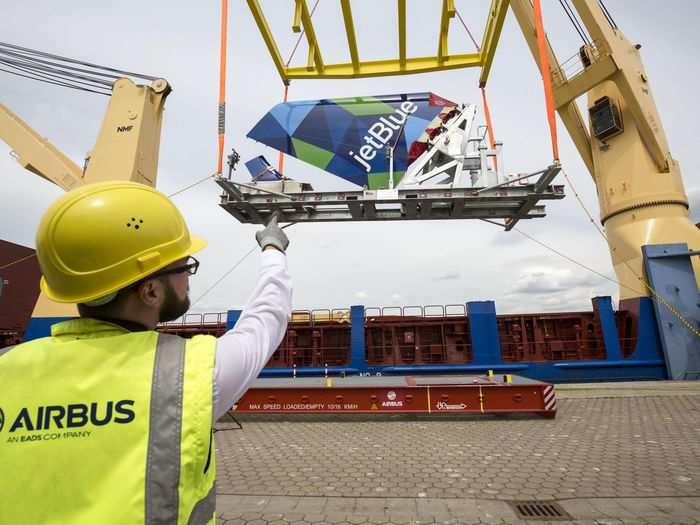
...Trucks, and...
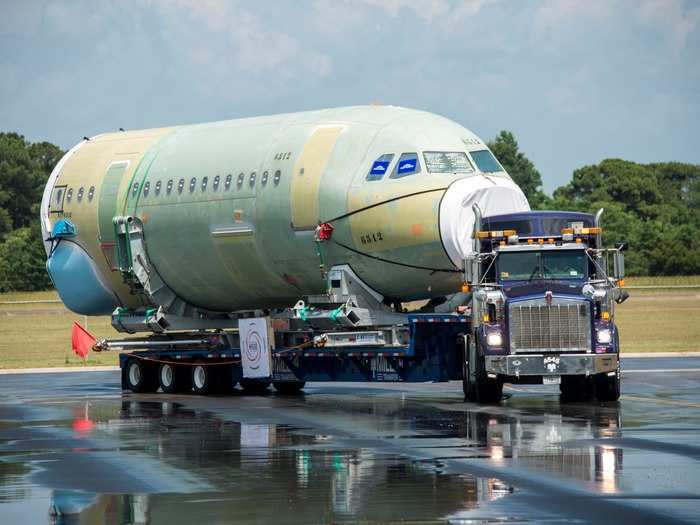
...Special transport jets called Belugas.

Even though the A320 plays a major role in the fleets of major mainline carriers, its ease of operation along with Airbus's aggressive sales campaign has seen the plane become a favorite of low-cost carriers.
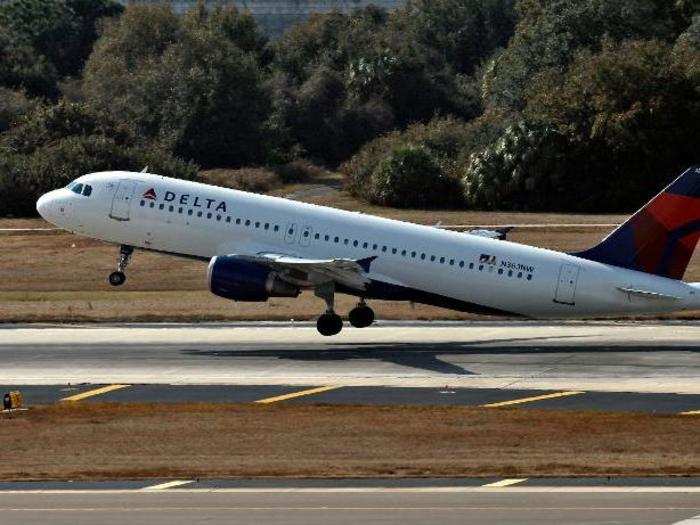
With notable customers including powerhouse LCCs like EasyJet,...
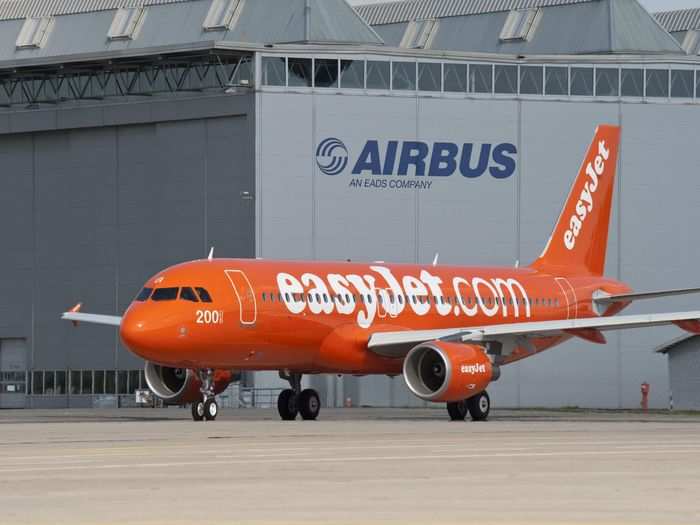
...JetBlue,...
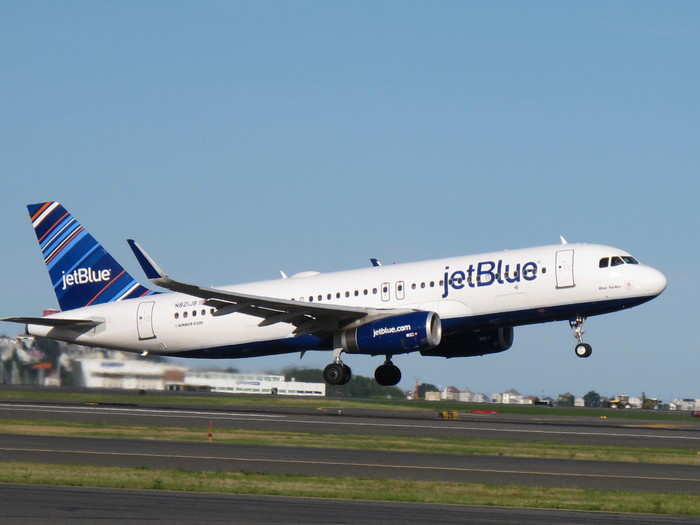
...IndiGo, and...
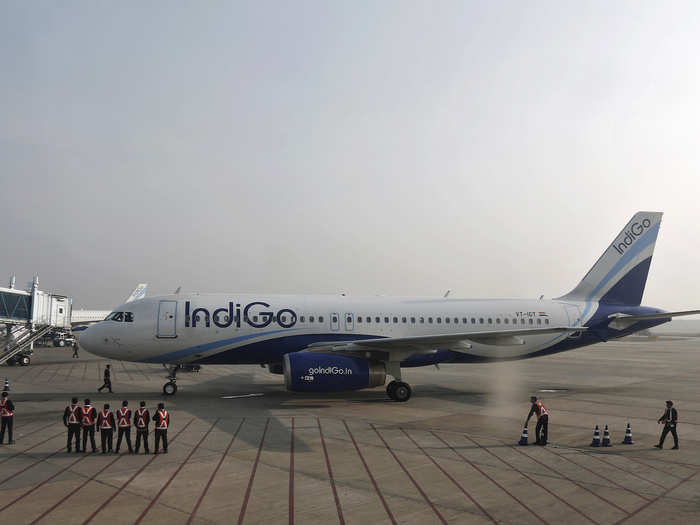
...AirAsia.
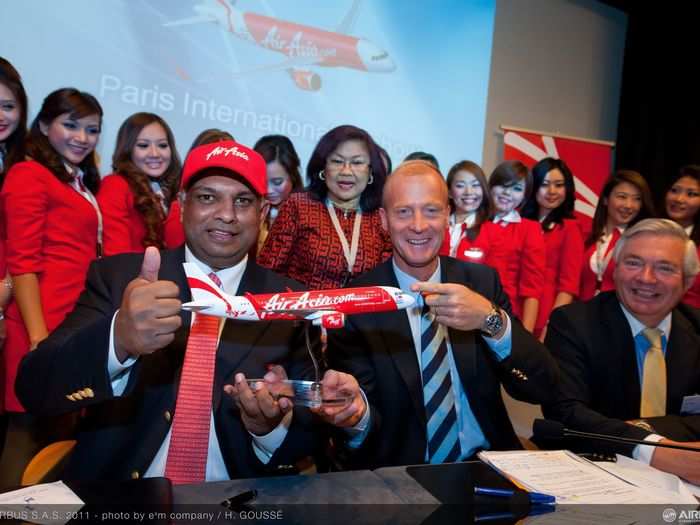
On the other side of the luxury spectrum, the A320 family is also available as an ultra-high-end private jet as part of the Airbus Corporate Jet lineup.
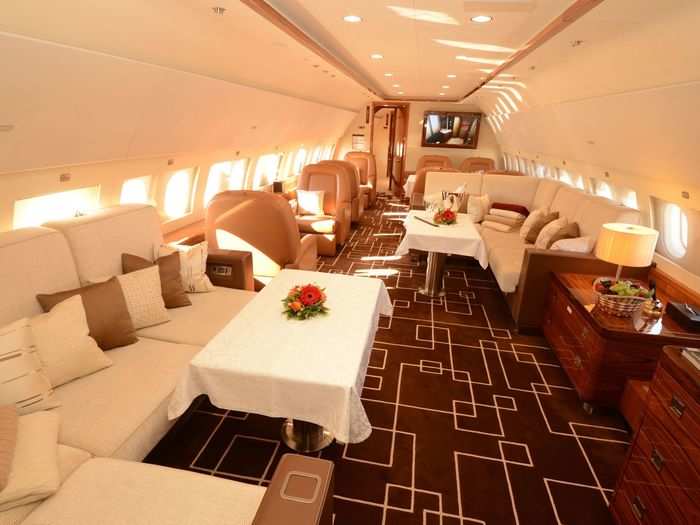
In 2010, Airbus launched a new generation of the A320 family called the "neo" or new engine option.
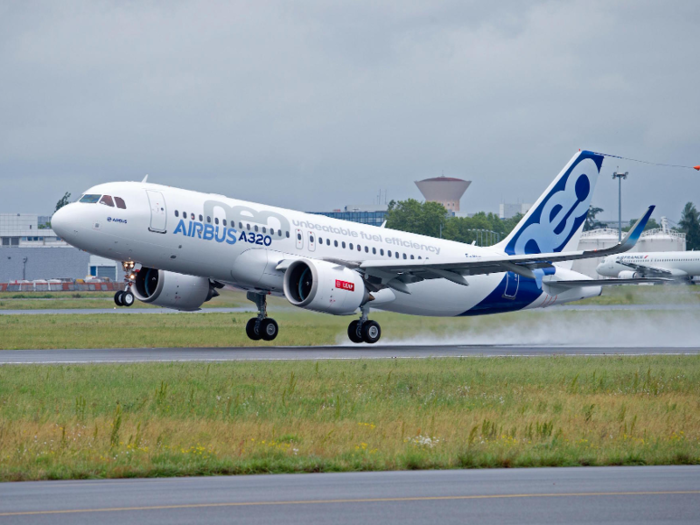
The A320neo is powered by Pratt & Whitney's innovative PW1100 geared turbofan as well as CFM's next-generation LEAP 1B engine. According to Airbus, the A320neo is expected to deliver 15% better fuel economy.
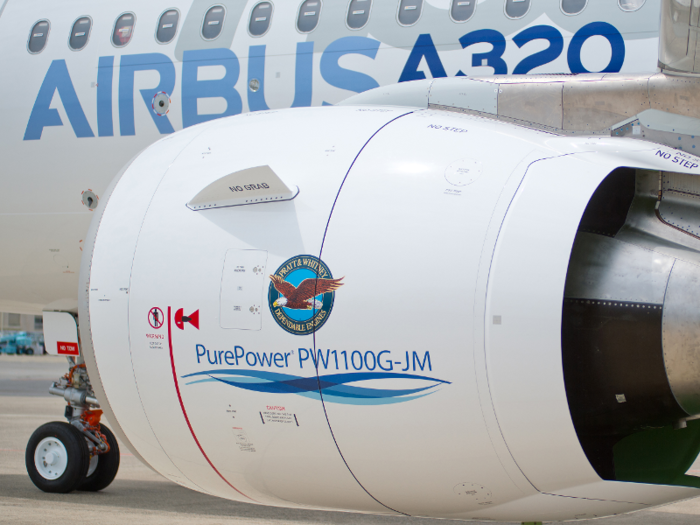
However, the Neo is more than an A320 with new engines, it also features a state-of-the-art cockpit, upgraded avionics, aerodynamically optimized wings, and a brand new interior.
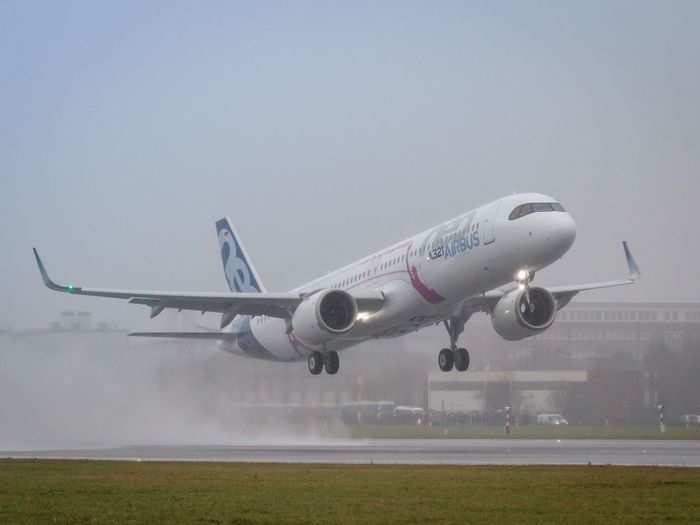
The A320neo will compete directly against the next generation Boeing 737MAX.
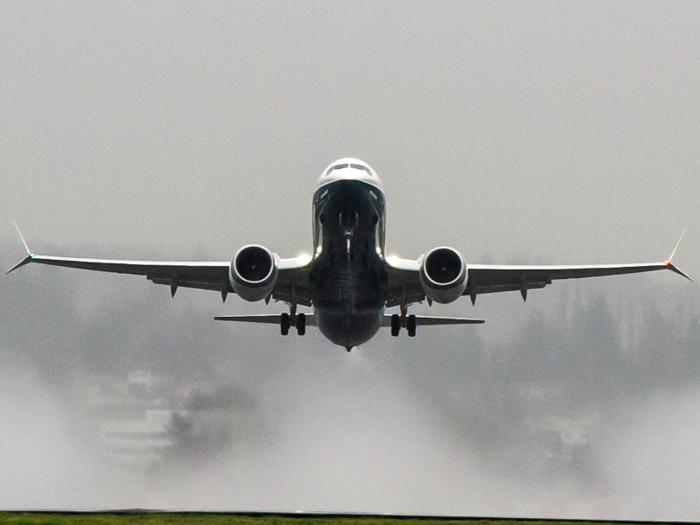
As a result, the rivalry is set to continue into the next decade.
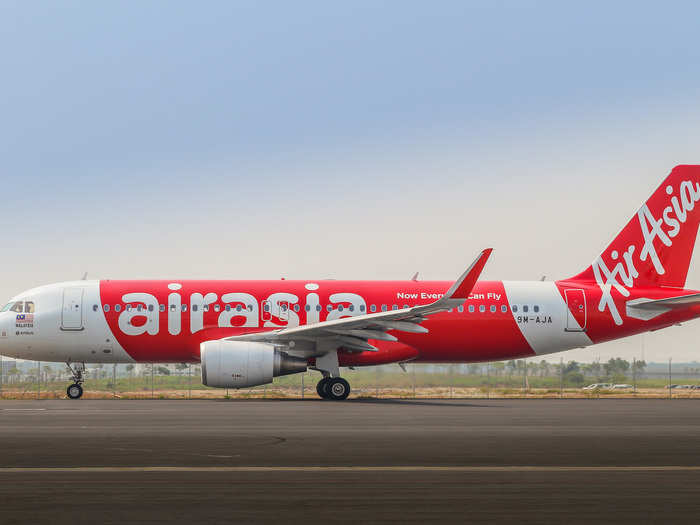
Popular Right Now
Popular Keywords
Advertisement